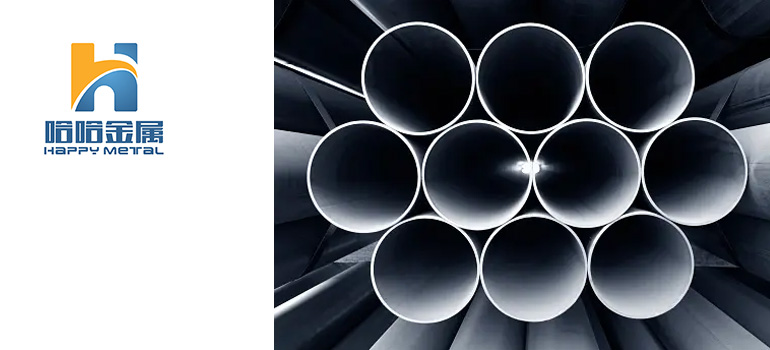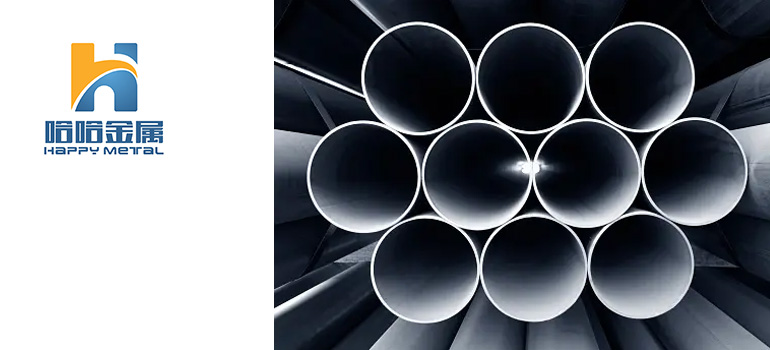Summary:
1-1/2 stainless steel pipes an engineering choice for excellent performance and wide application
Specifications and characteristics of 1-1/2 stainless steel pipes
Advantages of 1-1/2 stainless steel pipes
Application of 1-1/2 stainless steel pipes in the construction field
Application of 1-1/2 stainless steel pipes in the manufacturing industry
In today’s industrial field, selecting suitable materials is a crucial step in ensuring project success. 1-1/2 stainless steel pipes, as an outstanding material, have been widely used in the fields of construction and manufacturing due to their excellent performance, and have demonstrated their unique value in multiple industries. This article will delve into the specifications, characteristics, advantages, and widespread applications of 1-1/2 stainless steel pipes in different applications.
Specifications and characteristics of 1-1/2 stainless steel pipes

1-1/2 stainless steel pipe is a pipe with a diameter of 1.5 inches, made of stainless steel material. The main components of stainless steel include elements such as iron, chromium, nickel, and manganese, endowing it with characteristics such as corrosion resistance, oxidation resistance, and high strength. The pipeline usually undergoes various surface treatments, such as brightness, mirror finish, sandblasting, etc., to meet the needs of different projects.
Advantages of 1-1/2 stainless steel pipes
Corrosion resistance
1/2 stainless steel pipes have excellent corrosion resistance due to their high chromium content, making them particularly suitable for use in humid or corrosive environments. This makes it an ideal choice for industries such as chemical, marine engineering, and food processing.
High strength and heat resistance
Stainless steel pipes can still maintain their strength and stability under high temperature conditions, making them very suitable for applications that need to withstand high temperature environments, such as the petroleum and natural gas industries.
Processability
1/2 stainless steel pipes are easy to cut, weld, and form, providing greater flexibility for engineering projects. This enables it to easily handle the manufacturing of various complex structures and shapes.
Application of 1-1/2 stainless steel pipes in the construction field
Structural support
Due to its excellent strength and corrosion resistance, 1 1/2 stainless steel pipes are often used in the supporting parts of building structures to ensure long-term stability of the building.
Architectural decoration
Stainless steel pipes have an elegant appearance and are easy to combine with other building materials, making them widely used in building decoration, such as handrails and railings.
Application of 1-1/2 stainless steel pipes in the manufacturing industry
Food processing equipment
The hygiene and corrosion resistance of stainless steel pipes make them an ideal choice for food processing equipment, ensuring that the production process does not cause pollution to food quality.
Chemical pipeline
In the chemical industry, there is a high demand for corrosion resistance of materials, and 1 1/2 stainless steel pipes can meet this demand and are widely used in chemical pipeline systems.
Future prospects for 1-1/2 stainless steel pipes
Overall, 1/2 stainless steel pipes have become one of the indispensable materials in engineering projects due to their excellent performance and diverse application fields. Its widespread application in the fields of construction and manufacturing provides reliable support for projects and exhibits excellent performance in harsh environments.
With the continuous development of technology, we have reason to believe that 1/2 stainless steel pipes will showcase their unique value in more fields, providing engineers and designers with more possibilities for innovation. In the future, we look forward to seeing 1/2 stainless steel pipes continue to play their role in emerging industries and contribute to the sustainable development of society.
Maybe you are interested in the following:Revealing the Secrets of Stainless Steel Welding: Skills, Methods, and Practical Guidelines




